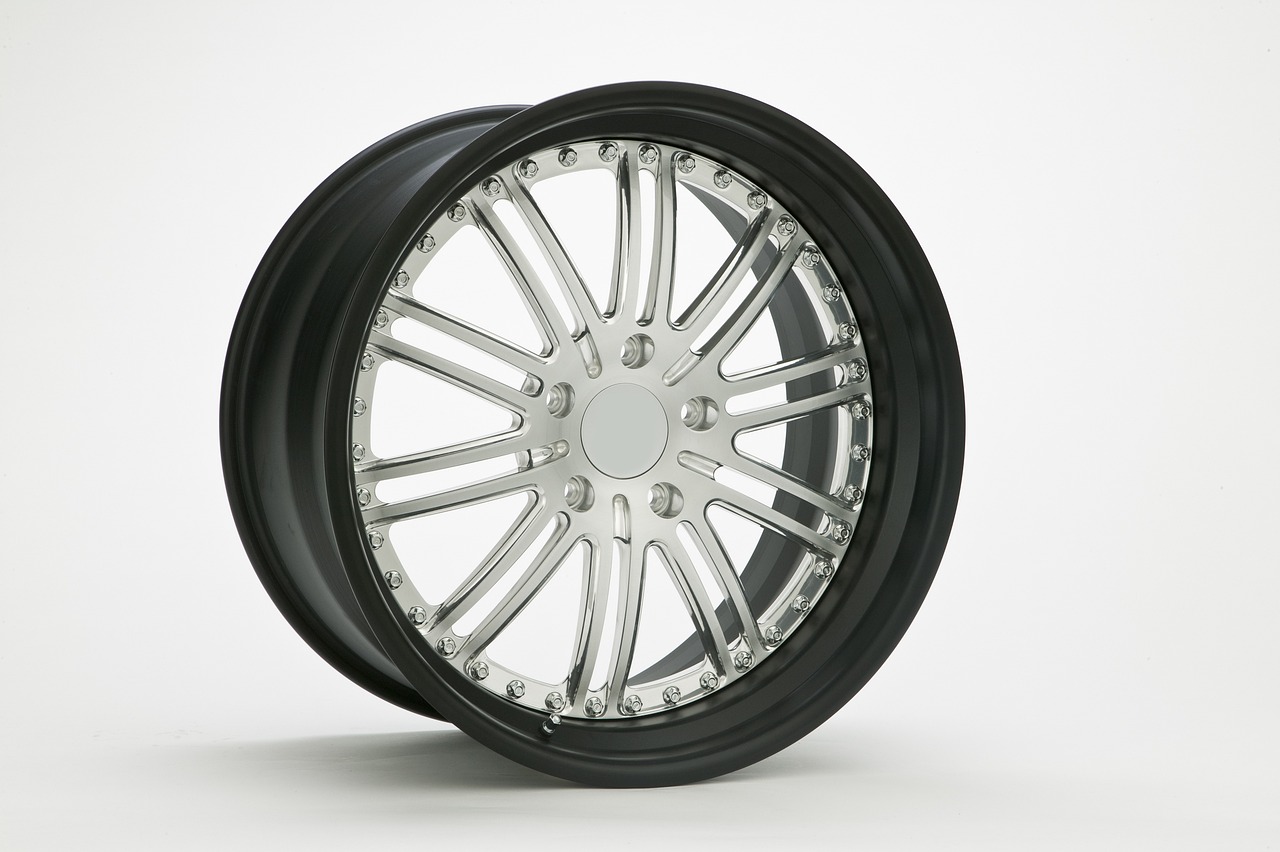When it comes to car insurance, the "best" policy depends on your needs and budget. Here are three common types:
Table of contents [Show]
Liability Insurance
This is typically the minimum coverage required by law. It covers damage you cause to others, their vehicles, or property in an accident. It's cost-effective, but won't cover your own vehicle's repairs.
Collision Coverage
This pays for repairs or replacement of your car if you're at fault in an accident. It's more comprehensive but may have a deductible – an amount you pay before coverage kicks in.
Comprehensive Coverage
This covers non-collision incidents like theft, vandalism, or natural disasters. It's a good choice for newer cars and offers added peace of mind.
The "best" policy isn't one-size-fits-all – it's about finding what suits your individual needs. |
Choosing the "best" policy involves considering factors like:
Car Value
For an older car, liability might be enough. Newer, more valuable cars often benefit from collision and comprehensive coverage.
Budget
Comprehensive coverage is more expensive. Assess what you can afford in premiums and potential deductibles.
Driving Habits
Consider how often you drive and the conditions you drive in. If you're on the road a lot or in areas prone to accidents or theft, comprehensive coverage could be wise.
Financing or Leasing
If you're financing or leasing your car, your lender might require some insurance by default such as collision and comprehensive coverage.
Risk Tolerance
Evaluate how comfortable you are with potential out-of-pocket expenses in case of an accident.
State Requirements
Some states have specific coverage requirements, so make sure you're meeting legal obligations.
Future Plans
If you're planning to replace your car soon, you might opt for less coverage. If you'll keep your car for a while, more coverage could be beneficial.
Bundling
If you have other insurance policies, such as homeowners or renters insurance, bundling all of them with the same company can lead to discounts.
It's essential to weigh these factors and determine what aligns with your situation. Many drivers find a balance between cost and coverage, choosing a policy that protects them while fitting their budget. Remember, the "best" policy isn't one-size-fits-all – it's about finding what suits your individual needs and provides the right level of protection on the road.








